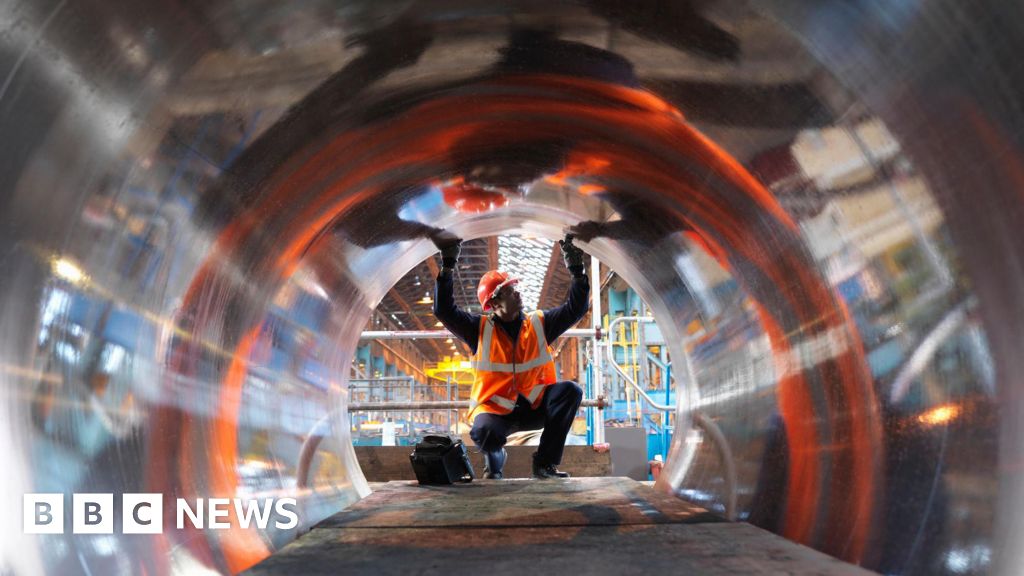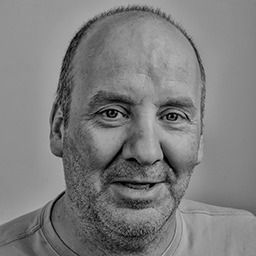
By MIKE MAGEE
“As machines become more intelligent and can performance more sophisticated functions, a new relationship between human and automation is dawning. This relationship is moving from master-servant to teammates…” NASA Langley Research Center/2019
“DeepSeek’s Breakthrough Sparks National Pride in China,” screamed the Wall Street Journal headline last week. In the age of Trump’s promise that crippling tariffs would “put China in its place,” the shot across the bow of Silicon Valley’s AI hubris sent Nividia and its allies (and even the reemerging Nuclear power industry whose investors were convinced that AI’s ceaseless thirst for electric power would shift the public’s risk/benefit of nuclear energy in their favor) into the red this past week.
For Nividia, it was a tough way to start the week. As Forbes reported last Monday, “Nvidia lost $589 billion in market capitalization Monday, which is by far the single greatest one-day value wipeout of any company in history…” Of course, it rebounded 8.8% the following day, and by week’s end was near record highs.
As the industry struggles to define just how much of a threat China’s Open-Source cut-rate AI effort is, there is no disagreement on the coming impact of AI on nearly every sector of society, not the least of which is health care. As the NASA report from 2019 suggested, human “master” control of machines is increasingly tenuous, and to succeed we must embrace AI technologic applications as fully enfranchised “teammates.”
Medicine has historically embraced, and even championed their machines, as superhuman extensions of themselves, and featuring them as intricate to “doctoring.” Consider the ubiquitous image of doctor with stethoscope hanging from the neck. It arrived on the scene roughly two centuries ago, in France in 1816. Its creation is attributed to Rene’ Laennec, and was little more than a wooden tube he incorporated as a hearing device after experimented with rolled paper tubes. He likely got the idea after observing the effectiveness of “ear trumpets”, the hearing aid of its time. But it was modesty, according to some historians, that pushed the French doctor to action. He was apparently uncomfortable putting his ear on a woman’s heaving bosom to listen to her heart sounds. The device, an assist, offering better auscultation at the required distance.
Of course, we’ve come a long way since then. But if anything, health care professionals are more reliant than ever on machines. Consider AI-assisted Surgery. Technology, tools, machines and equipment have long been a presence in modern day operating suites. Computers, Metaverse imaging, headlamps, laparoscopes, and operative microscopes are commonplace. But today’s AI-assisted surgical technology has moved aggressively into “decision-support.”
Surgeon Christopher Tignanelli from the University of Minnesota says, “AI will analyze surgeries as they’re being done and potentially provide decision support to surgeons as they’re operating.”
The American College of Surgeons concurs: “By highlighting tools, monitoring operations, and sending alerts, AI-based surgical systems can map out an approach to each patient’s surgical needs and guide and streamline surgical procedures. AI is particularly effective in laparoscopic and robotic surgery, where a video screen can display information or guidance from AI during the operation.” Mass General’s Jennifer Eckoff goes a step further, “Based on its review of millions of surgical videos, AI has the ability to anticipate the next 15 to 30 seconds of an operation and provide additional oversight during the surgery.”
Surgical educators see enormous promise in AI-assisted education. One commented, “Most AI and robotic surgery experts seem to agree that the prospects of an AI-controlled surgical robot completely replacing human surgeons is improbable…but it will revolutionize nearly every area of the surgical profession.”
Johnson and Johnson, a major manufacturer of AI surgical tools, had this to say, “Surgeons are a lot like high-performance athletes. New and learning surgeons want to see how they performed and learn from their performances and how others performed… Now, surgeons can look at what happened during procedures practically in real time and share the video with residents and peers, offering valuable post-case analysis and learning opportunities.
Teaming up with AI in Medicine will likely inform well beyond the operating suite. Its population wide recommendations might guide us toward interventions that are more selective and effective, less biased overall, and less expensive. We might see fewer doctors, fewer drug ads, and fewer bills. But at the same time, that system might demand greater patience, greater personal responsibility and compliance with behavioral changes that ensure health.
Can we trust A.I.? That’s a question that AI master strategist Mark Minevich was recently asked regarding our new teammate status. His response was, “There are no shortcuts to developing systems that earn enduring trust…transparency, accountability, and justice (must) govern exploration…as we forge tools to serve all people.”
What are those AI tools? He highlighted four: Risk Assessment; Regulatory Safeguards; Pragmatic Governance; and Public/Private Partnerships.
Like it or not, AI has arrived, and its impact on individual health and that of our health systems in the U.S. will be substantial, disruptive, painful for some, but hopeful for many others. Tools like the stethoscope have served us well, and it is not surprising that they have earned our affection and loyalty over these many years. But AI generated tools have grown up and demand inclusion and respect if we wish to avoid becoming their servants.
Mike Magee MD is a Medical Historian and regular contributor to THCB. He is the author of CODE BLUE: Inside America’s Medical Industrial Complex. (Grove/2020)
2025-02-11 04:26:10
















Leave a Reply